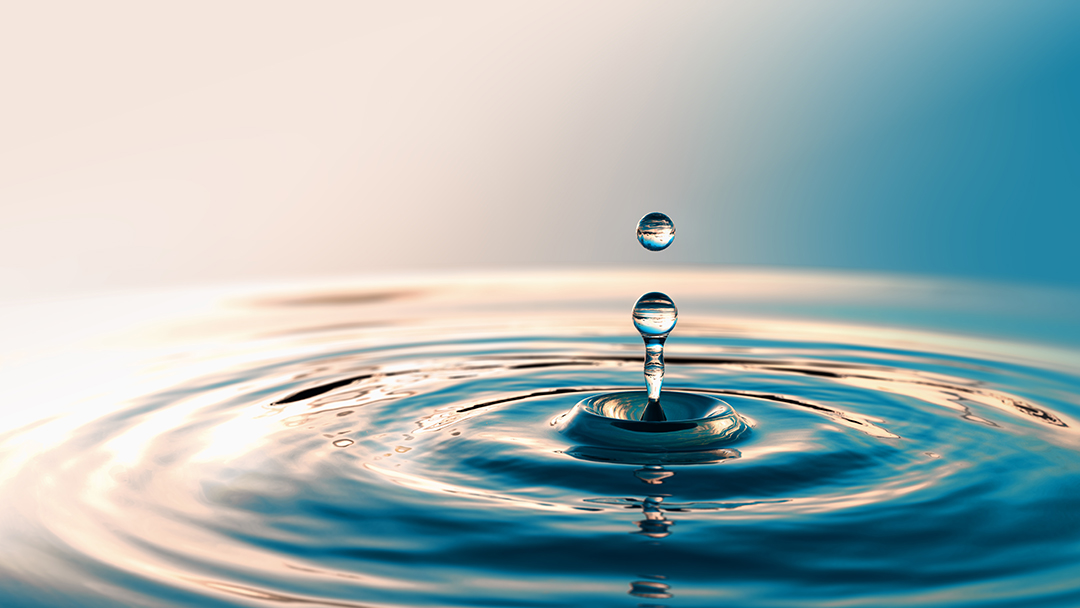Be water wise
Around 40 per cent of water used in the home is in the bathroom. Much of this is wasted, including the 10 per cent that’s flushed down the toilet.
There are many ways to save water in the bathroom, including using dual-flush toilets and fixing leaking taps.
Follow these tips
Taking shorter showers lowers water use, decreases wastewater and produces fewer CO2 emissions. Use a shower timer or play a four-minute-long song when you get in to limit your time.
Shave your legs before you take a shower, then use running water to rinse off.
Use a bucket to collect water while you wait for the shower to get hot, and use it to water plants, rinse dishes or wash fruit and vegetables.
Swap for a water-efficient showerhead to save up to 50 litres of water for each shower or up to 20,000 litres of water per person each year.
A bath can often use less water than a shower. Only fill the tub with as much water as you need and regularly check your plug for leaks.
Check the temperature as you fill the bathtub – having to add extra hot or cold water after you’ve filled the tub is wasteful.
Use a bucket to use bathwater to wash your car or water the garden – but check that the soap or detergent in the water won’t harm your plants.
Use your washing machine when you have a full load – it will save 10 litres of water each wash.
Use cold water to save energy – in most cases, it won’t compromise the quality of the wash.
Switch to a dual flush toilet and teach kids to use the half flush. Four-star models can save up to 35,000 litres each year: using four-and-a-half litres for a full flush and three litres for a half-flush.
Older toilets use around 18 litres per flush. You can reduce the volume used with each flush by putting a water-filled plastic bottle in your cistern. Don’t use bricks, as they can crumble and stop the system working properly.
Don’t use your toilet as a bin. Pads, tampons, food waste, baby wipes and dead goldfish should go in the bin. Flushing them down the toilet wastes valuable water and places more strain on the sewerage system.
A continuously running toilet can waste up to 60,000 to 96,000 litres of water a year. Unfortunately, toilet leaks often go unnoticed because the water trickles down the back of the bowl.
It’s important to check your toilet for leaks every few months. Follow these steps to check:
1. Remove the lid of your toilet cistern.
2. Place a few drops of food dye in the cistern.
3. Don’t flush your toilet for 10 to 15 minutes.
4. When you return, if the dye has seeped down into the bowl, then you know you have a leak.
Toilet leaks are often a result of the rubber valve in the cistern deteriorating. You can contact a licensed plumber to fix this for you.




